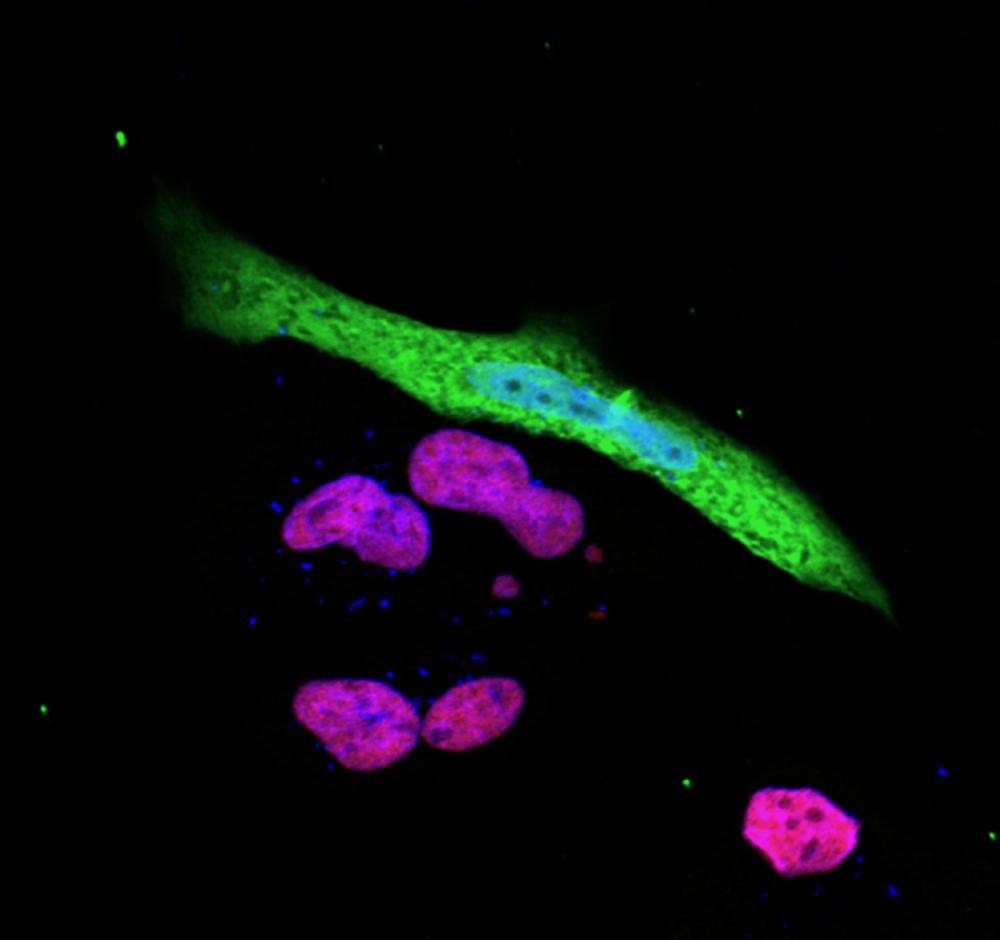IT House reported on December 13 that with the emergence of various new coronavirus variant strains, scientists can already predict the direction of their next mutation - immune escape.
For example, the Delta variant that appeared some time ago, as well as the recent Omicron variant, all reflect a strong immune escape ability. Having been infected with COVID-19, or having been vaccinated, is no guarantee that people will not be re-infected.
Compared to variants such as Alpha, Beta, and Gamma, which only enhance their spreadability, they are undoubtedly more difficult to entangle with skill points added to the Immune Escape tree.
According to a paper published last week in the journal Nature Communications, researchers from texas A&M University School of Medicine and Hokkaido University in Japan recently discovered a major mechanism that explains how SARS-CoV-2 can escape from the immune system and replicate in humans.
"We found that covid-19 carries a suppressor gene that suppresses a human gene in the immune system that is essential for destroying infected cells." Professor Koichi Kobayashi, the lead author of the paper, explains this.

▲ Expression of the immune response gene NLRC5 (reddish-violet) is suppressed in SARS-CoV-2 (green) infected cells (Photo: Ji-Seung Yoo, Koichi Kobayashi)
MHC (Major Histocompatibility Complex) Class I molecules are the body's core weapon in immunity to viruses. When a virus infects a cell, the cell promotes the expression of viral antigens on the surface of the infected cell, drawing the attention of immune cells called cytotoxic T cells. These immune cells are zeroed out and the infected cells are destroyed along with the virus.
In addition to analyzing gene expression in COVID-19 patients, the team also infected human cell lines with the SARS-CoV-2 virus to validate their findings.
The results showed that a protein called ORF6 from the SARS-CoV-2 virus inhibited a host cell protein called NLRC5, which is responsible for activating the MHC class I pathway.
Studies have shown that this happens in two ways. ORF6 obstructs cell signaling, thereby shutting down the expression of NLRC5. ORF6 also blocks the functionality of NLRC5.
SARS-CoV-2 evades the immune response of cytotoxic T cells through impaired MHC-I expression, which is caused by a decrease in the number and function of NLRC5 (Baohui Zhu, Koichi Kobayashi).
Other infectious viruses, including HIV and MERS, are also known to target MHC class I pathways. The researchers think SARS-CoV-2 may be the same, but the study is the first time humans have unraveled this mechanism.
"If the MHC Class I pathway is not activated, the virus in the infected cells is essentially not detected by the immune system. This helps explain why the SARS-CoV-2 virus persists in the body and why it continues to infect others, leading to the COVID-19 pandemic," Kobayashi said.
Further research could help find and test drugs that block the activity of the ORF6 viral protein to restore the host cell's ability to activate major histocompatibility complexes. If successful, such drugs can encourage the host immune system to clear the virus itself, effectively enhancing the immune response.